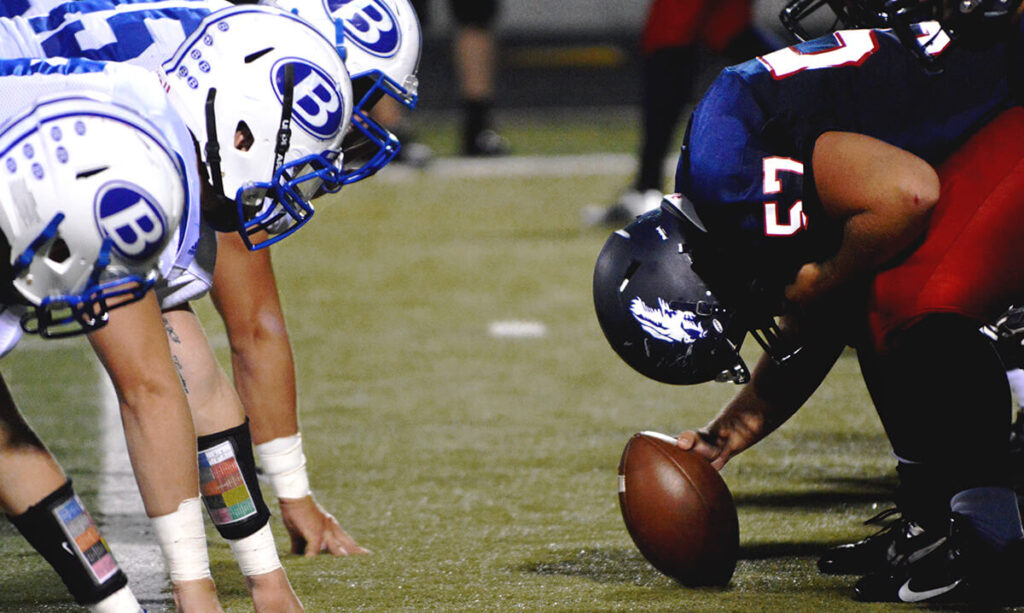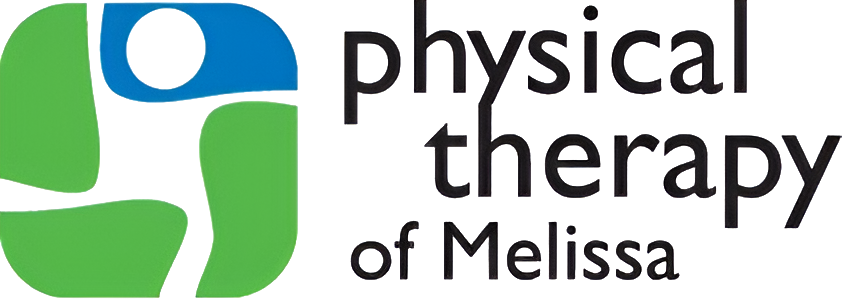
Managed exercise, physical therapy can improve concussion symptoms
With high school sports starting up soon, and NFL training camp in full swing, concussions are certain to ramp up within the mainstream consciousness.
And while talk will often point to conventional wisdom which states that “time and rest” are the best and only options for recovery from concussion, physical therapists point to studies that now suggest managed exercise and movement can speed up the recovery process.
“We used to say, literally do no exercise. Just sit until your symptoms have resolved,” said Dr. Sue Kirelik, medical director of the Concussion Center at the Rocky Mountain Hospital for Children. “That has really changed.”
Such changes have been adopted within the physical therapy world, according to Anne Mucha, PT, DPT, coordinator of vestibular rehabilitation for the Sports Concussion Program and Centers for Rehab Services at the University of Pittsburgh Medical Center.
“There’s an ever-stronger evidence base to what (physical therapists) are doing in the treatment arena,” she said. “Some medical professionals still are of the opinion that there’s no way to treat concussion other than to rest the patient, but there’s been rapid evolution of evidence to the contrary.”
In 2010, researchers at the University of Buffalo (UB) were the first to show that specialized exercise regimens can relieve prolonged concussion symptoms.
The study focused on both athletes and non-athletes and was published in the Clinical Journal of Sports Medicine. Researchers based their findings on the hypothesis that “the regulatory system responsible for maintaining cerebral blood flow, which may be dysfunctional in people with a concussion, can be restored to normal by controlled, graded, symptom-free exercise.”
Nearly 3.8 million people suffer from concussions each year in the U.S., according to the Centers for Disease Control and Prevention (CDC). Many of these concussions are the result of athletic injuries or motor vehicle accidents.
From 5 to 10 percent of these people may experience concussion symptoms that last beyond six weeks.
“It…was reassuring to discover that the use of exercise was safe and did not prolong symptoms, a worry expressed by other practitioners,” said Barry Willer, PhD, professor of rehabilitation sciences and senior author of the University of Buffalo study.
Individualized care is key, of course. In fact, according to the American Association of Physical Therapy (APTA), a physical therapist will first provide concussed patients with thorough neurological, orthopedic and cardiovascular evaluations prior to developing an individualized treatment plan that addresses an individual’s needs and goals.
Then, following some rest and recovery, a physical therapist can determine when it’s best to begin treating the problems related to concussion (e.g., dizziness, balance and headaches) while also starting a light, guided exercise program for the restoration of strength and endurance, putting the patient on track toward full recovery.
“As symptoms ease and you are able to regain your normal strength and endurance without symptoms returning, your physical therapist will help you gradually add normal activities back into your daily routine,” says the APTA. “Your physical therapist will help you avoid overloading the brain and nervous system as you increase your activity level … [and he/she] will help you return to your normal life and sport activities in the quickest and safest way possible, while allowing your brain to properly heal.”
